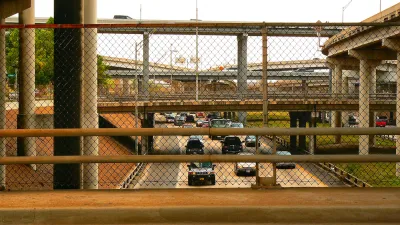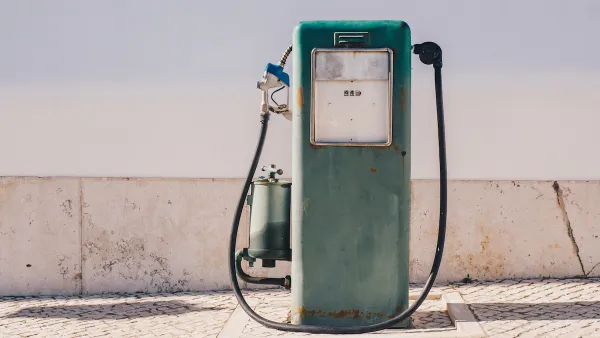Implementing a tax based on miles traveled could disincentivize purchasing more efficient cars and would do little to improve road safety, one columnist argues.

"Americans are increasingly driving hybrid and electric-only cars, reducing emissions and curbing gasoline consumption — accomplishing key goals of the Biden administration," writes Justin B. Hollander. But "[i]mposing a new Vehicle Miles Traveled (VMT) tax," included in the infrastructure bill passed by the Senate last week, "would likely flush away all those prior investments in efficiency and remove much of the incentive for someone to purchase and operate a hybrid or electric-only car."
"Presently, the 18.4 cents (or 24.4 cents for diesel) per gallon gas tax generates over $30 billion annually to help pay for a range of highway, rail and other transit costs," but "critics worry that our increasingly fuel-efficient vehicles, move towards fully electric cars and a decline in overall car use threaten the fiscal future of national transportation funding." In Hollander's view, "the answer for the U.S. DOT is to simply increase the gas tax and get more cars off our roads."
"The gas tax has been shown in numerous research studies to be an effective policy tool that discourages driving and encourages the use of public transit. If the U.S. DOT needs more money, then they ought to seek out congressional support for raising the gas tax — it has not increased since 1993," argues Hollander. "Create a brand new, national-level taxation system based on vehicle miles traveled and you will discourage the use of environmentally friendly cars and do nothing to actually make us safer from the hazards of cars and trucks."
FULL STORY: The Senate's Vehicle Miles Traveled Tax is bad for our health

National Parks Layoffs Will Cause Communities to Lose Billions
Thousands of essential park workers were laid off this week, just before the busy spring break season.

Retro-silient?: America’s First “Eco-burb,” The Woodlands Turns 50
A master-planned community north of Houston offers lessons on green infrastructure and resilient design, but falls short of its founder’s lofty affordability and walkability goals.

Delivering for America Plan Will Downgrade Mail Service in at Least 49.5 Percent of Zip Codes
Republican and Democrat lawmakers criticize the plan for its disproportionate negative impact on rural communities.

Test News Post 1
This is a summary

Test News Headline 46
Test for the image on the front page.

Balancing Bombs and Butterflies: How the National Guard Protects a Rare Species
The National Guard at Fort Indiantown Gap uses GIS technology and land management strategies to balance military training with conservation efforts, ensuring the survival of the rare eastern regal fritillary butterfly.
Urban Design for Planners 1: Software Tools
This six-course series explores essential urban design concepts using open source software and equips planners with the tools they need to participate fully in the urban design process.
Planning for Universal Design
Learn the tools for implementing Universal Design in planning regulations.
EMC Planning Group, Inc.
Planetizen
Planetizen
Mpact (formerly Rail~Volution)
Great Falls Development Authority, Inc.
HUDs Office of Policy Development and Research
NYU Wagner Graduate School of Public Service





























